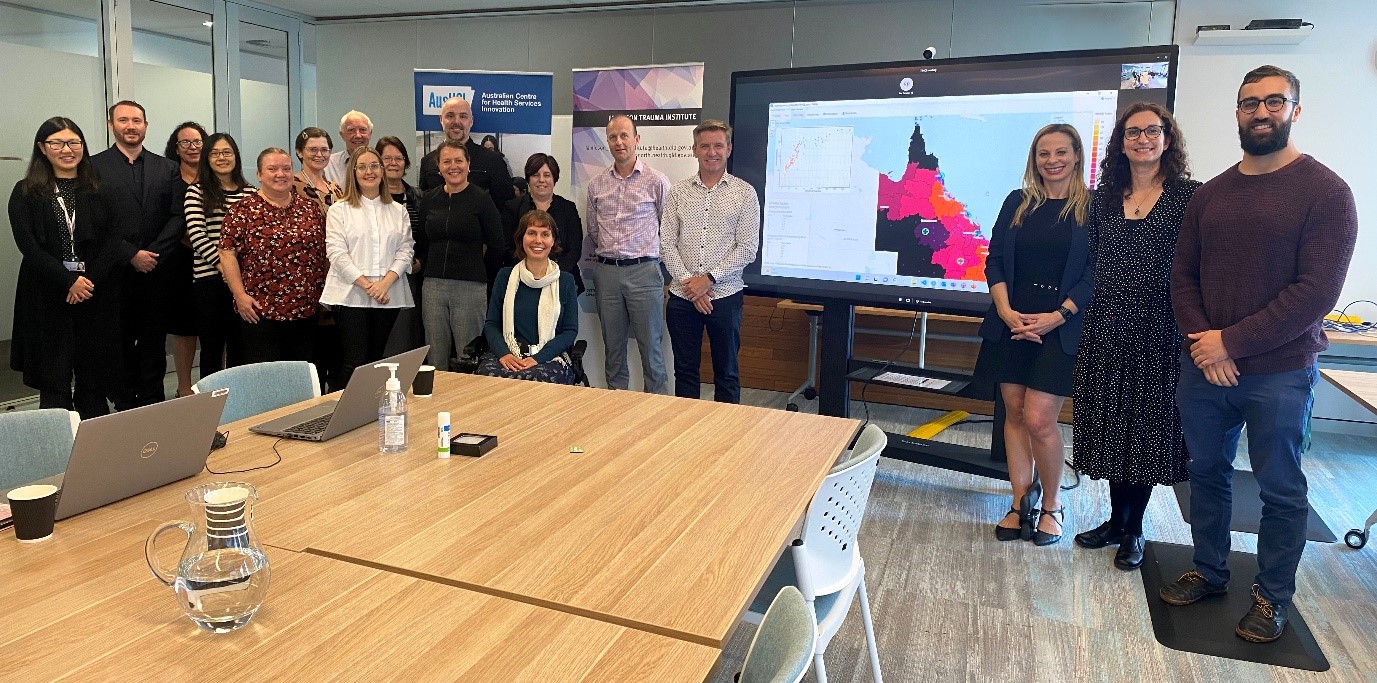Time and distance in trauma
Does where you live impact your access to health care following injury? Our team has developed a tool to help answer this question and have named it iTRAQI (injury Treatment & Rehabilitation Accessibility Queensland Index).
We know that Queensland is a large State, with some people living in rural and remote areas. These large distances make designing healthcare systems challenging, with our system needing ambulances, helicopters, and planes to make sure injured people can access the right care quickly. Until now, generic access/remoteness tools have been used to understand access challenges, however, these are often not specific enough for injured people. For this reason, iTRAQI is an injury-specific tool. We used the tool firstly for people with traumatic brain injury and showed how long it would take to transport a person in an emergency to the most appropriate hospital (under ideal but realistic conditions).
The tool was designed by our research group led by the Jamieson Trauma institute, Queensland University of Technology and Retrieval Services Queensland. You can explore how iTRAQI works for Queenslanders with serious traumatic brain injuries.
In the future, the tool can be modified and specified for other major injury types and has significant potential to support health system decisions, particularly when specialised hospital treatment is far from home. Using decision-making tools created specifically for serious injury can save lives, save costs by making efficient choices, and improve patient outcomes by timely access to the right care.
This research is supported by Jamieson Trauma Institute, the ARC Centre of Excellence for Mathematical & Statistical Frontiers, the QUT Centre for Data Science and the Emergency Medicine Foundation.

iTRAQI Team
